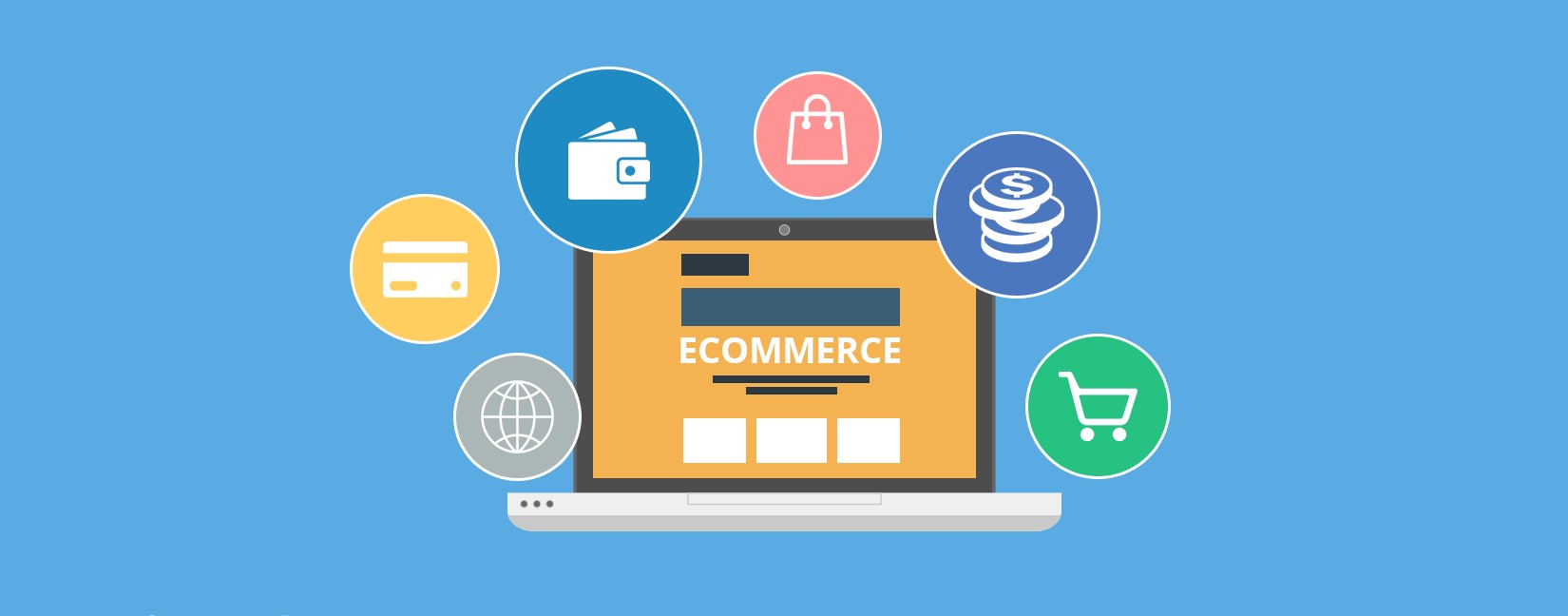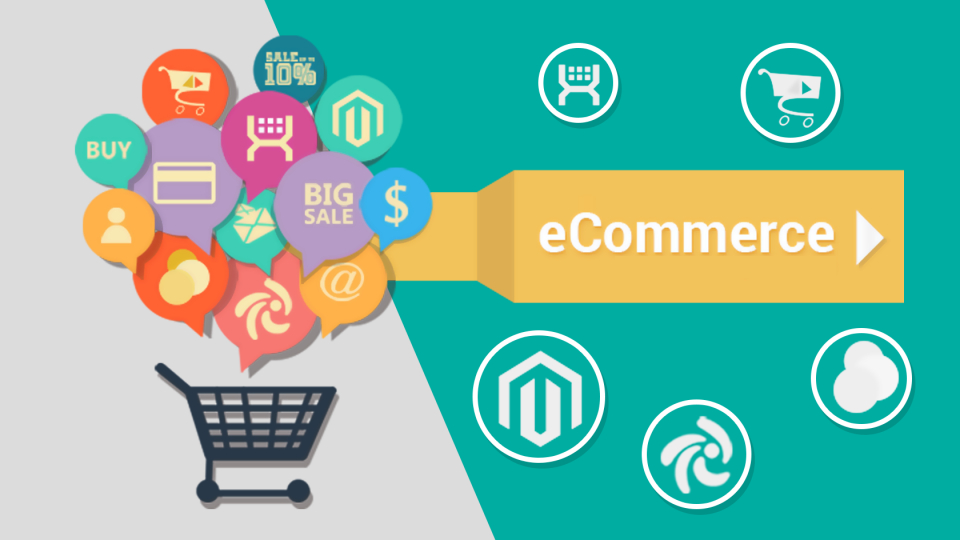Launching an e-commerce website can feel like a big project. By following this checklist, you’ll cover every essential aspect of Website Development for E-commerce and ensure your site is ready for a successful launch. Let’s dive into each step in detail.
Define Your Business and Website Goals
- Identify Your Target Audience
Knowing your audience inside and out is the foundation for a successful e-commerce site. Identify your customers’ demographics, buying behavior, preferences, and pain points. This understanding will guide the design, product selection, and marketing strategies tailored to meet your customers’ needs. - Set Clear Objectives
Think about what you want to achieve through your website. Common goals for Website Development for E-commerce include driving sales, building brand loyalty, generating leads, or providing information. Clearly defined objectives will help you prioritize resources and make better design and functionality decisions.
Choose the Right Platform for Your E-commerce Site
- Research E-commerce Platforms
Selecting the right platform is vital for long-term success. Platforms like Shopify, WooCommerce, Magento, and BigCommerce offer unique features. Make sure the platform you choose aligns with your business goals, technical abilities, and budget. Remember, the foundation of Website Development for E-commerce is a reliable and adaptable platform. - Evaluate Platform Features
Compare platform features such as customization options, scalability, payment gateways, customer support, and security measures. Choose one that offers mobile responsiveness, SEO capabilities, and a user-friendly interface to make shopping easy for your customers.
Develop a User-Friendly Design
- Create a Clean and Attractive Layout
Design is a huge factor in customer engagement. A visually appealing layout with intuitive navigation encourages users to explore your site. Stick to your brand’s colors and typography, and use an organized structure for easy browsing. Avoid clutter, and focus on essential elements like product images, descriptions, and a clear call-to-action (CTA). - Prioritize Mobile Responsiveness
As mobile traffic is steadily rising, it’s critical that your e-commerce site is optimized for mobile. Test your design on different devices and screen sizes to ensure customers have a seamless experience, whether they’re on a phone, tablet, or desktop.
Secure Domain and Hosting Services
- Choose a Unique Domain Name
A strong domain name is critical for branding. It should be short, memorable, and relevant to your business. A good domain also improves credibility, making your store appear more professional and trustworthy. - Select Reliable Hosting
Hosting is the backbone of Website Development for E-commerce—it directly impacts speed, uptime, and security. Choose a reliable hosting provider with options to upgrade as your website grows. For enhanced performance, consider cloud hosting or managed hosting plans with round-the-clock support.
Plan Your Product Listings and Descriptions
- Optimize Product Descriptions
Detailed, keyword-optimized product descriptions increase the visibility of your listings on search engines. Use bullet points, and include specifics like size, material, and care instructions. Engaging, well-crafted descriptions also help convert curious visitors into customers. - Include High-Quality Images
Quality visuals are crucial in e-commerce. Multiple high-resolution images from different angles help showcase the product’s features and create a sense of trust. Include a zoom-in feature for customers to see finer details.
Set Up Secure Payment and Checkout Options
- Choose Trusted Payment Gateways
Payment security is paramount. Offer reputable payment gateways like PayPal, Stripe, and Apple Pay to assure customers their information is safe. Including multiple payment options accommodates different user preferences. - Enable a User-Friendly Checkout Process
A simplified, intuitive checkout process reduces cart abandonment rates. Allow guest checkouts, minimize the number of steps, and include progress indicators to keep customers informed. An easy checkout experience is key in effective Website Development for E-commerce.
Integrate Essential Security Measures
- Install SSL Certificates
SSL certificates encrypt data shared on your website, protecting sensitive information like credit card details. SSL is also essential for SEO, as search engines favor secure sites, potentially improving your rankings. - Ensure Platform and Plugin Security
Regularly update your platform, plugins, and any third-party software to guard against security threats. Many platforms offer automatic updates, but manual checks should also be part of your routine.
Optimize for SEO and Performance
- Implement On-Page SEO
SEO is critical to making your site discoverable. Use the main keyword, Website Development for E-commerce, in your meta descriptions, title tags, and headings. Incorporate relevant keywords naturally in product descriptions and page content to help boost organic traffic. - Improve Loading Speed
Page speed can greatly impact user experience and rankings. Compress images, minimize JavaScript and CSS files, and leverage browser caching to improve load times. Fast-loading pages keep users engaged and reduce bounce rates.
Test User Experience Across Devices
- Conduct Usability Testing
Testing your website on various devices ensures it functions smoothly across platforms. Check forms, CTAs, links, and navigation to verify a seamless user experience, as any issues here could impact sales. - Optimize for Accessibility
An accessible website ensures everyone, including people with disabilities, can navigate your site. Use high contrast, clear alt text for images, and screen-reader compatibility to meet accessibility standards.
Set Up Analytics and Tracking
- Install Google Analytics
Analytics tools are a goldmine for understanding your audience’s behavior. With Google Analytics, you can track metrics such as page views, bounce rates, and user flow. This data allows you to adjust strategies based on visitor interactions. - Use Heatmaps and Conversion Tracking
Tools like Hotjar or Crazy Egg reveal where users engage most on your site. These insights can be crucial for improving design layouts and CTA placements, ultimately increasing conversion rates.
Prepare Your Launch Strategy
- Create a Pre-Launch Checklist
Double-check product listings, ensure all website pages are functional, review content, and run security tests. A detailed checklist is essential to avoid last-minute issues and ensure everything is in place. - Plan Your Marketing Campaigns
Use social media, email newsletters, and ads to promote your website launch. Effective marketing brings in initial traffic and sets the stage for building brand awareness. Try to create some pre-launch excitement to maximize the impact.
Customer Support and Feedback Mechanisms
- Integrate Live Chat and Support Options
Real-time support, such as live chat, enhances customer satisfaction and can answer potential buyers’ questions, increasing conversion rates. Automated chatbots can also be valuable for answering common questions outside of business hours. - Collect Post-Purchase Feedback
Encourage customers to leave reviews or fill out surveys after purchase. Not only does feedback help you improve, but reviews build social proof, helping future visitors trust your business.
Frequently Asked Questions (FAQs)
- Why is SEO important in website development for e-commerce?
SEO drives organic traffic, helping potential customers find your store. It’s crucial for long-term growth, as it attracts visitors who are actively searching for products like yours. - How do I secure my e-commerce website?
Use SSL certificates, trusted payment gateways, and regular updates to protect customer data and maintain a secure environment. - What platform is best for beginners in website development for e-commerce?
Shopify and WooCommerce are user-friendly platforms ideal for beginners, providing easy setup, customization options, and reliable support. - How can I increase conversions on my e-commerce site?
Focus on a streamlined checkout process, engaging product pages, and a strong SEO strategy to boost conversions and sales. - Do I need a dedicated mobile version of my website?
Not necessarily, but your site should be fully responsive to ensure it looks great and functions smoothly across all device types.
Contact Us
Looking for professional Website Development for E-commerce solutions? G’Day Digital can help you bring your e-commerce vision to life with seamless, secure, and optimized website design. Reach out today:
- Email: contact@gdaydigital.com
- Phone: +61466035934



